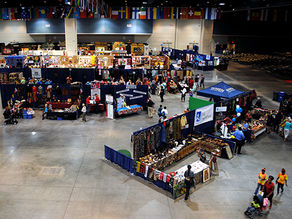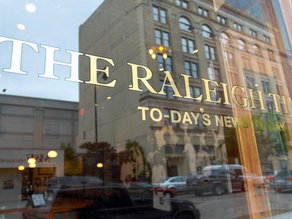top of page

Searching for the Elusive White Squirrel
By Dani Halliday
THE HIGHWAY 64 PROJECT
Raleigh Articles


lucettegrace Review
During our long trip around the places Highway 64 connects, our last destination in the Piedmont area was Raleigh. Once we finished our...


International Festival: Raleigh
Our first stop for our entire Highway 64 project was the International Festival, held in Raleigh. When we looked at the event online, we...


Tasting the World in Raleigh, NC
Upon arriving at the International Festival, I was already overwhelmed (in the best way) by the types of music, the saris, the...


Blissful Barbecue: The Pit
Driving through downtown Raleigh, it would be easy for one to miss the Pit, a barbecue restaurant situated in a restored 1930s...


No Speed Limit Signs?
After a long day of traveling, all anyone ever wants to do is go home. Our group had spent all day exploring the exciting downtown of...


Cocoa Connoisseurs: A Peek Behind the Scenes
Videri Chocolate Factory is a “bean-to-bar” chocolate factory located in downtown Raleigh. Embarking on a self-guided tour through the...


International Festival of Raleigh
Every year, Raleigh takes time to celebrate culture and diversity by hosting the International Festival of Raleigh . The annual festival...


The Raleigh Times: An Authentic Raleigh Business turned Restaurant
Upon entering The Raleigh Times on East Hargett Street in downtown Raleigh, I was captivated by the atmosphere. While this popular...


Paperhand Puppet Intervention
Paperhand Puppet Intervention is best described as the lovechild of the “Pink Elephants on Parade” part of Disney’s Dumbo and Jim...


Angus Barn
If you were raised in a barn, it means you are uncouth and unmannered, by southern standards. If you were raised in the Angus Barn, well,...
bottom of page